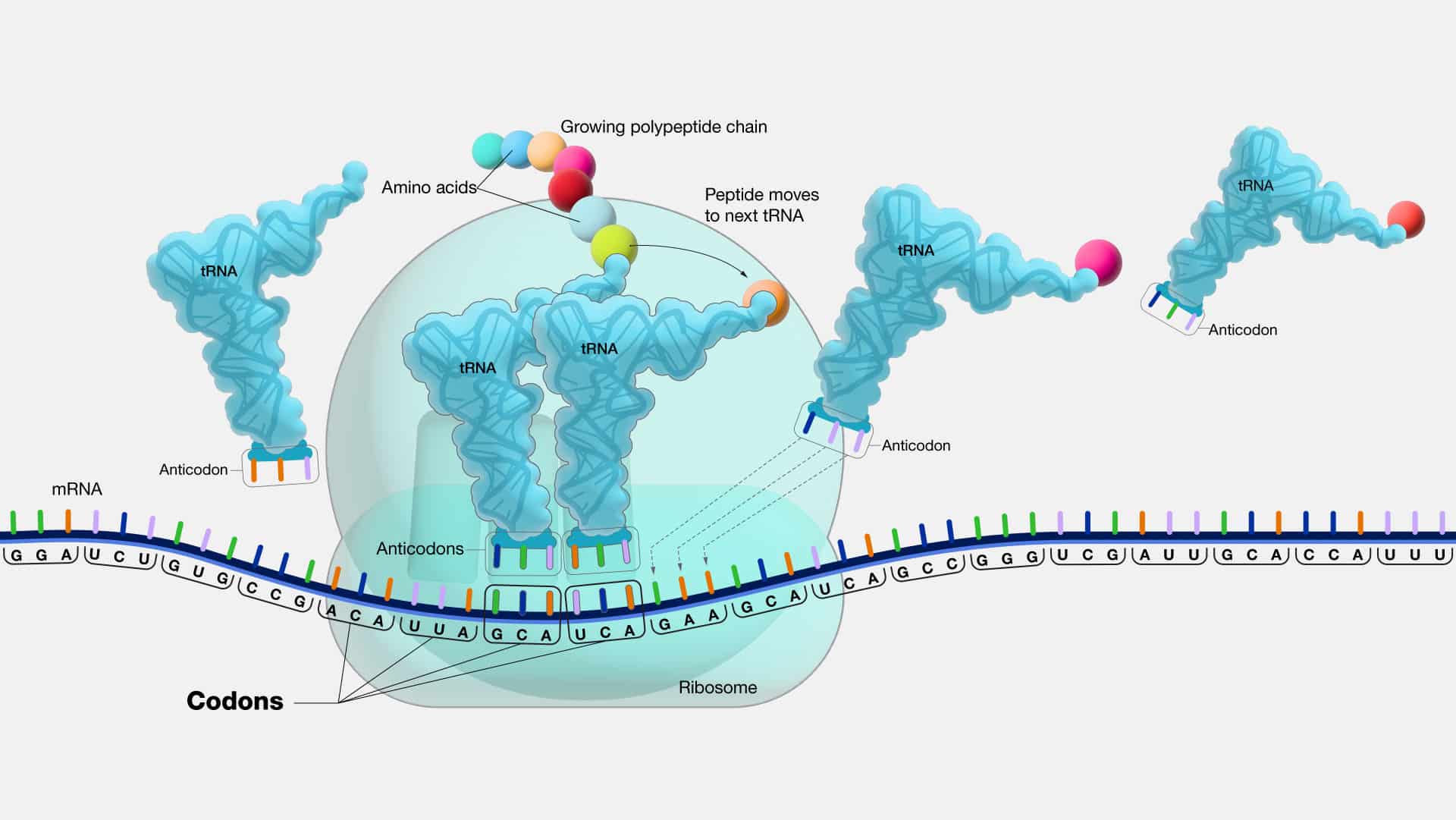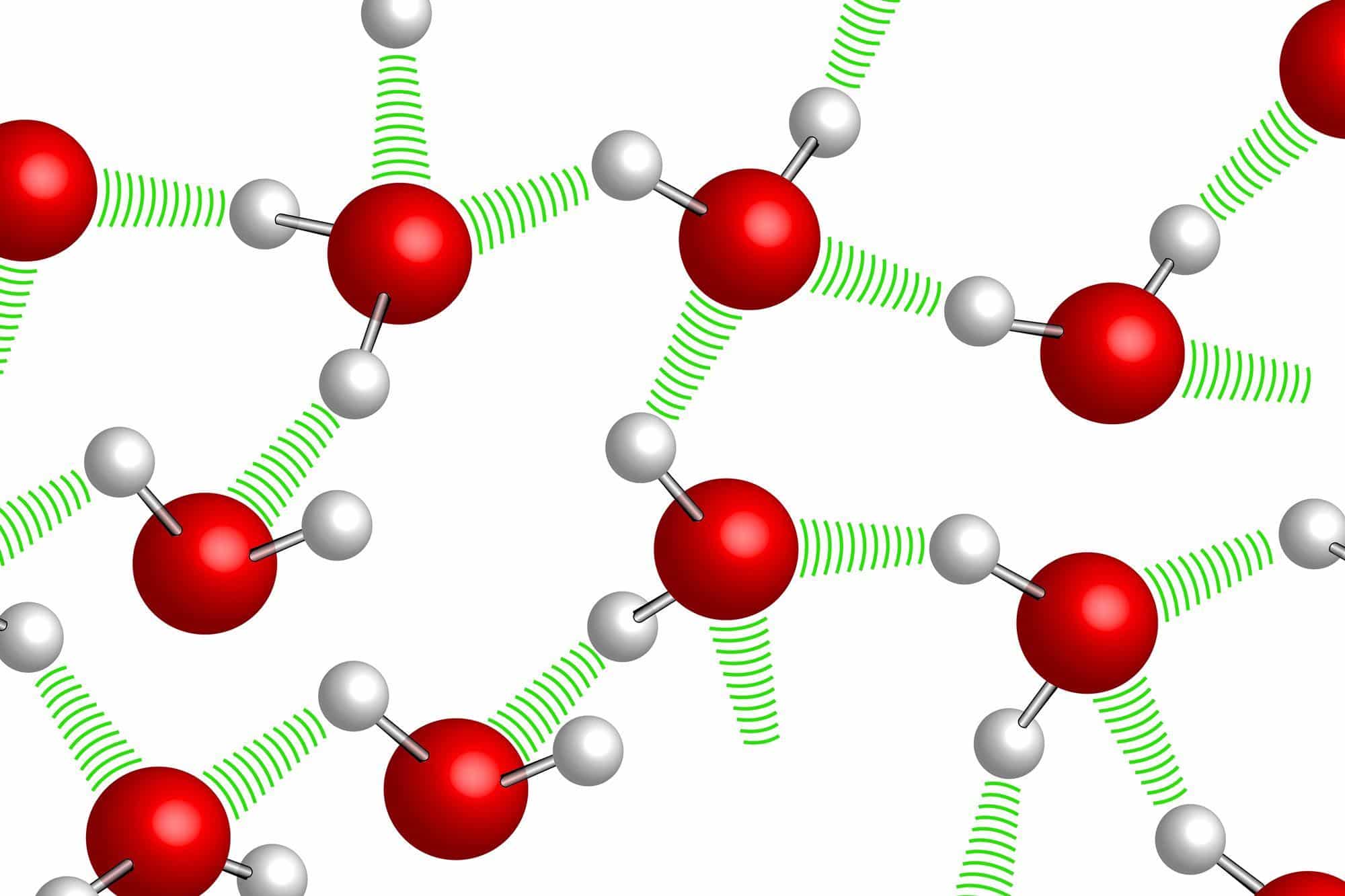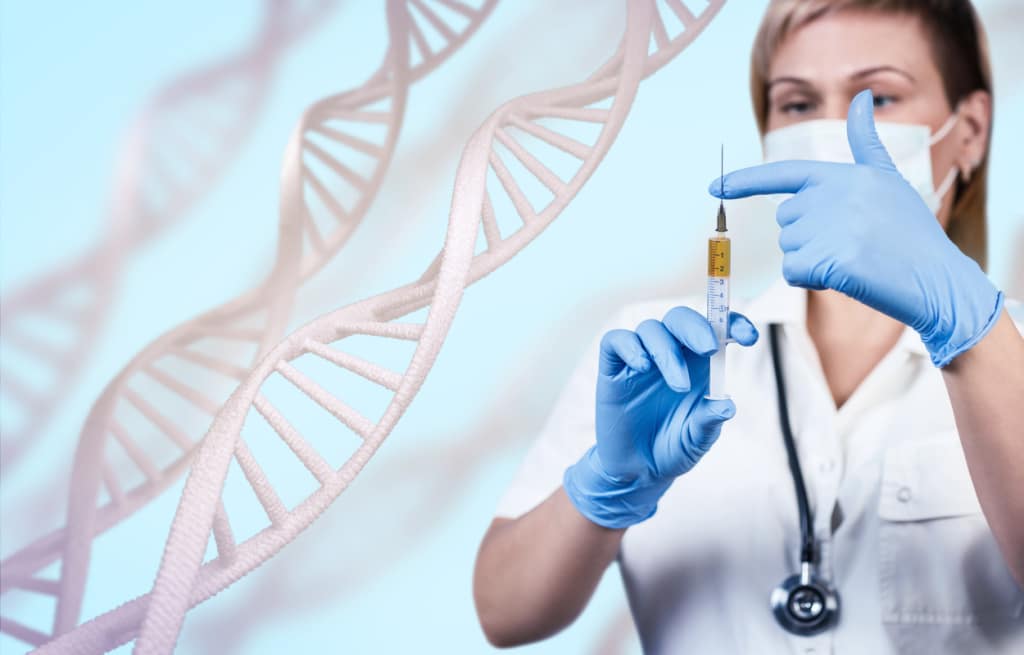DNA is essential for inheritance. It provides instructions for proteins and determines how a human or animal will grow, reproduce, and die. Proteins are complex molecules in the body and are responsible for most living functions. They come in two types: structural proteins and messenger proteins. They carry out different functions by acting as messengers and enzymes. In addition to DNA, proteins also carry out the functions of hormones. This article will explore the functions of each of these elements.
Nucleotides
DNA is a polymer made of two long chains of simple units called nucleotides. Each chain consists of a nitrogenous base attached to one or more phosphate groups. Nucleotides are the building blocks of genetic material and are responsible for controlling all hereditary characteristics. Nucleotides in DNA code for amino acid sequence and are made up of three different types: adenine, cytosine, and guanine.
The nitrogenous bases on nucleotides are formed when two or more nucleotides join together. The nucleotides attach to each other by forming a phosphodiester bond. In the resulting molecule, the sugar-phosphate arrangement makes DNA the “backbone” of a cell. For this reason, DNA is essential to life. In addition to their important role in regulating metabolism, nucleotides are essential for determining the identity of a cell.
Codons
DNA is a sequence of nucleotides that encode biological messages. Each letter in the alphabet consists of three nucleotides and is called a codon. The order in which these codons are placed makes up words in DNA. The structure of DNA is the same for all organisms, but they differ in their nucleotide sequence. It is also important to note that a gene can contain more than one codon.

DNA is the basic building block of life. It stores the instructions that are used to build an organism. Each individual cell contains a set of DNA with four different types of bases. The order of the bases determines what biological instructions DNA carries. For example, the sequence ATCGTT instructs the development of blue eyes in a child, while ATCGCT instructs the formation of brown eyes in a child. DNA consists of approximately three billion bases and 23 pairs of chromosomes. Each DNA sequence has a certain order that determines what information can be used to build and maintain a living organism.
Hydrogen bonds
We know that hydrogen bonds are necessary for life. In fact, they are the basis for the double helix structure of DNA. In water, hydrogen bonds are found in large numbers. When combined, these bonds form a major force. The role of hydrogen bonds in DNA is vital for life. When these bonds are broken, it can cause harmful effects on biological systems. Here are some of the ways that hydrogen bonds in DNA are important to life.

First, we need to understand how hydrogen bonds form in DNA. It is not an easy task to discover the specifics of how hydrogen bonds in DNA are formed. This is where the role of hydrogen bonds comes into play. The scientists who discovered them were Dr. D.O. ‘Doj’ Jordan, a lecturer in Physical Chemistry at the University of Nottingham, and his Ph.D. students, Cedric J. Threlfall and H.F.W. Taylor. The team also had the help of Dr. Crick, who conducted their studies in the UK.
Information contained in DNA
A number of contributors to this theme issue discuss the structure and information content of DNA, and how information functions in biological systems. They also discuss the evolution of genetic coding and how this process shifted from purely random to meaningful computational processes. In addition to these contributions, the tutorial considers the machinery of translation as a molecular biological interpreter. In this way, the article outlines the key concepts that have contributed to the emergence of the information content of DNA.

The information contained in DNA is stored in the form of a sequence of nucleotides called bases. DNA molecules have a double helix structure with two complementary strands held together by hydrogen bonds. In a cell, the genetic information contained in DNA provides instructions to build all proteins in the body. DNA is stored in the cell nucleus in eukaryotes. The complete sequence of nucleotides in DNA is approximately equivalent to one million books.
Cell division
All living cells undergo cell division at some point in their life cycle. The process is a crucial part of growth and development, and reproduction allows organisms to pass genetic material on to offspring. Cell division can occur at two levels: unicellular division (in which the entire organism is formed from one single cell) and multicellular division, which produces new cells that are used for general development and healthy replacements of damaged cells. Both cell types also need cell division for reproduction.

When cells divide, they undergo a series of four periods: G1, G2, and G3. In the rapidly proliferating adult cell, the cell division cycle lasts for about 10 to 20 hours. In quiescent cells, however, the cell division cycle may be suspended for several weeks or even months. It can even take a lifetime for neurons in the brain. Cell division can be arrested during the G1 phase (sometimes referred to as G0), which is also called the “sustained arrest of cell division.” Embryonic cells, which undergo a single cycle within 11 minutes, do so with their DNA. DNA synthesis is a vital component of cell division.
Junk DNA
If you have ever wondered why our cells have so much junk DNA, you are not alone. In fact, a lot of scientists are beginning to wonder the same thing. Although all cells have identical DNA and genomes, the expression levels and differences in these genes determine what type of cell we have. The ENCODE consortium has conducted studies and techniques on gene expression in many different cell types to determine the range of differences. Despite the recent discoveries, scientists still have little idea of what makes up the non-coding genome.

Scientists first began to study non-coding DNA in the 1960s, but it was not until 1972 that this term was coined. Evolutionary biologist Susumu Ohno proposed that a large genome would contain sequences that didn’t encode any proteins. Over the years, researchers have gained hard evidence that genomes have a substantial amount of junk DNA. This junk DNA can originate from different places and regulate gene expression, influencing the development of diseases such as breast cancer, prostate cancer, and autism.

